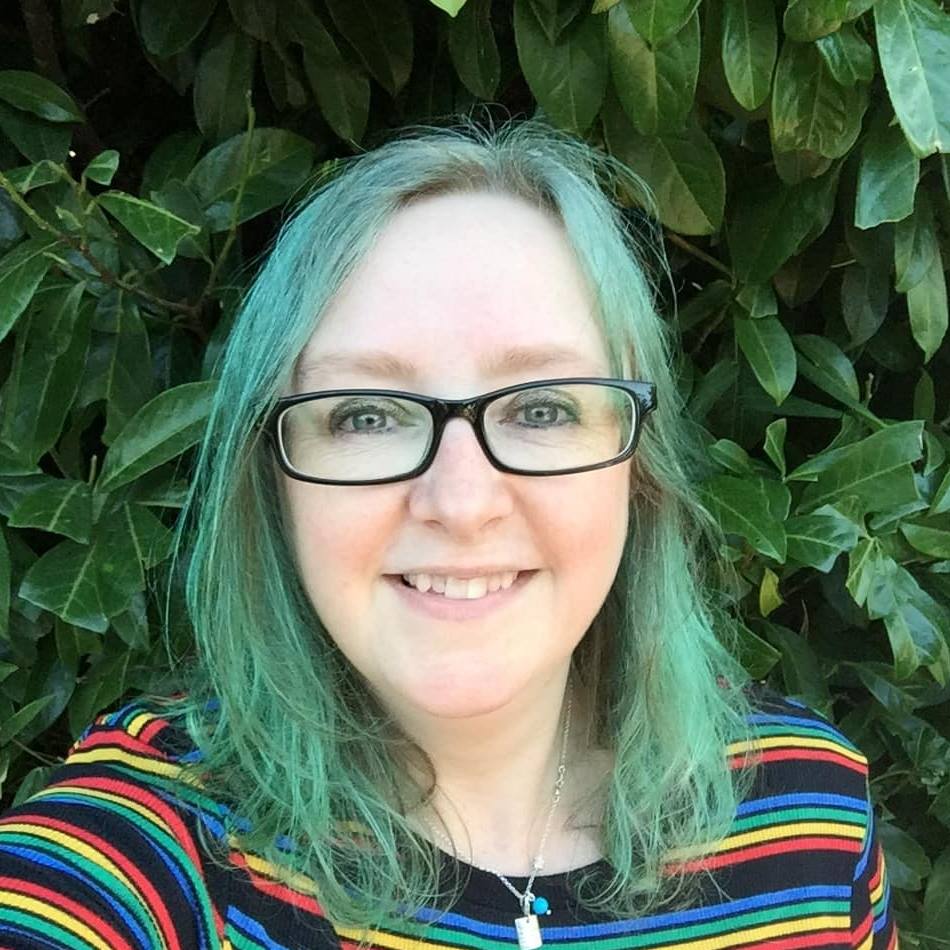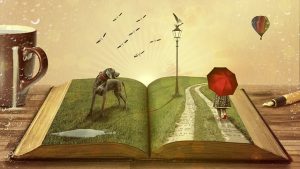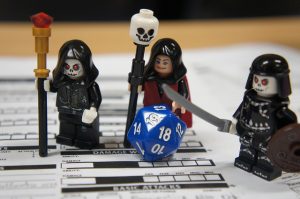Can you have it all?
When you start out you might want to become a brilliant fiction editor. One who works on amazing stories that make your heart flutter when you spot someone reading them on the train. Or you might want to work on excellent non-fiction that delights and informs those around you. Many editors are drawn to one or the other.

But what if, like me, you love working on both fiction and non-fiction?
When I started out, I moved from indexing to editing and project managing almost in the blink of an eye. While I learned on the job I was also working through editorial training, so it was a natural progression to carry on with non-fiction. But when the opportunity to take part in a fiction editing workshop at a SfEP conference came up, it was too good an opportunity to miss. And the rest, as they say, is history.
It really is history – that’s my speciality. But I’ve worked on general fiction, historical fiction, women’s fiction and lately, one of my favourites, crime fiction. All while editing non-fiction too.
If you want to work on both fiction and non-fiction there are some things that are roughly the same, but there are also some obvious differences. Bear in mind that my experiences may differ from those of other editors – we all have different ways of working and varying backgrounds – but this might help you decide if both are possible for you.
Is it for you?
Dare I say it, but no editor can edit every type of writing. At least not well. You may be great at editing historical fiction, but rubbish at science fiction, and with non-fiction you may need to be a subject specialist. The more subtle editing often needs someone with a deep knowledge of the subject, or a willingness to learn it quickly. As an academic subject librarian I worked closely with law and civil engineering books, but there’s no way I would edit one.
Before jumping into a new type of editing, make sure it’s really for you. Look at what you read and your subject knowledge – if you don’t read fantasy and sci-fi you might find it difficult to come to terms with genre expectations, jargon and world-building. And you might want to steer clear of scientific non-fiction if you don’t know the difference between the types of ion.
Make sure you’re trained for whichever type of editing you want to do, then there’s no reason why you can’t mix and match, and enjoy the variety that brings.
Similarities
There are definitely similarities between both types of editing: the most obvious are the technicalities of how you approach the documents.
Make sure everything is there
When you receive the files, look through them and make sure you have everything you should – is the word count what you expected, is everything there (check chapter headings, sections and any appendices, tables, images, etc), and is there anything you weren’t expecting? Even in fiction, whole sections can be missing or duplicated.
Pre- and post-edits
Generally speaking your checks will be the same whether you’re working on fiction or non-fiction. I tend to create a style sheet, if one hasn’t been provided, through using Paul Beverley’s Docalyse and a few other macros that let me know the author’s preferences. Then a spellcheck and a sweep through with PerfectIt make sure I’m ready to edit.
Logical flow and no plot holes
With both types of editing you have to make sure the narrative is logical and there are no plot holes. Are the chapters coherent, in the right order, and does the narrative flow logically and with ease? You might come across plot holes – or ‘holes in the argument’ or missing information in the case of non-fiction – that you need to sort out.
 Differences between fiction and non-fiction
Differences between fiction and non-fiction
Despite the similarities, there are enough differences to … make a difference.
Plot sheet/character sheet vs chapter diagram/mock-up
When you’re editing fiction it makes sense to have detailed plot and character sheets to make sure that everything flows well and your brown-haired, green-eyed heroine doesn’t change physical characteristics halfway through the book.
However, when you’re editing non-fiction you’re more likely to have a detailed list of the chapters and the information they contain, perhaps with a mock-up of the book’s insides, and lists of tables, images and diagrams. It’s crucial to make sure that nothing’s missing, you know where everything fits in and that the size and density of the chapters reflect the weight of what’s contained in them.
Style guides
Often fiction authors don’t have style sheets or use guides, whereas non-fiction authors may already use them. Academics especially may use a preferred style guide and should be able to access a copy for you; if they’re an independent non-fiction author, without a style guide/sheet, you might have to work closely with them to pinpoint expected conventions.
Plot, characterisation and consistency vs clarity and organisational flow
With all writing the content needs to be easily understood by the target audience.
One common problem with non-fiction is that you might have multiple authors to contend with. It feels like herding cats sometimes, so you must keep everything in check. You have to make sure the terminology is consistent throughout and that everyone is working towards the same clear message.
With a fiction book you usually only have to deal with one author, so plot, characterisation and consistency can be easier to deal with as you get used to their writing tics.
Levels of intervention
These can differ greatly. With fiction editing you can be more hands-on with the structure and development of the book, but non-fiction will often be under the guidance of the author (and/or publisher). You might have to work with facts, references and notes. Ask any editor who has to work with reference lists – they can be a love/hate relationship and can take a LOT of time to go through.
How to switch from one to the other
If you do think you can cope with the complexities of both fiction and non-fiction, you’re going to have to decide how you manage your workload. Personally, I tend to work on only one or two jobs at a time, so I find it easy to switch between the two. As an editor, my brain tends to compartmentalise, so I find it easier to split my day and work on non-fiction in the morning, when my logical brain is more active, then move over to fiction on an afternoon when I’m more relaxed and open to the flow of a narrative. If time allows I might work one whole day on one, then work the next on the other.
How you work will depend on what makes you comfortable, but once the pre-edit is done it makes sense to allow a chunk of time for fiction, to allow you to get into the flow. But you have to be meticulous in all your work – fiction is definitely not an easy option, and non-fiction doesn’t have to be hard.
So can you have it all?
Yes, you can. But respect yourself and your clients – make sure you’re trained and have the expertise to edit to the best of your capability. CIEP has excellent courses, such as Introduction to Fiction Editing, that will make sure you have the skills to build upon.
 Sara Donaldson is an Advanced Professional Member of CIEP who works on both fiction and non-fiction, specialising in history and heritage. She’s also a professional genealogist and content writer – when not working she can be found lost in online archives for no reason whatsoever, or in her local theatre.
Sara Donaldson is an Advanced Professional Member of CIEP who works on both fiction and non-fiction, specialising in history and heritage. She’s also a professional genealogist and content writer – when not working she can be found lost in online archives for no reason whatsoever, or in her local theatre.
If you want to widen or deepen your editorial skills, have a look at the full range of CIEP courses.
Photo credits: books – Paul Schafer; writing – Priscilla Du Preez, both on Unsplash.
Proofread by Kelly Urgan, Entry-Level Member.
Posted by Abi Saffrey, CIEP blog coordinator.
The views expressed here do not necessarily reflect those of the CIEP.











